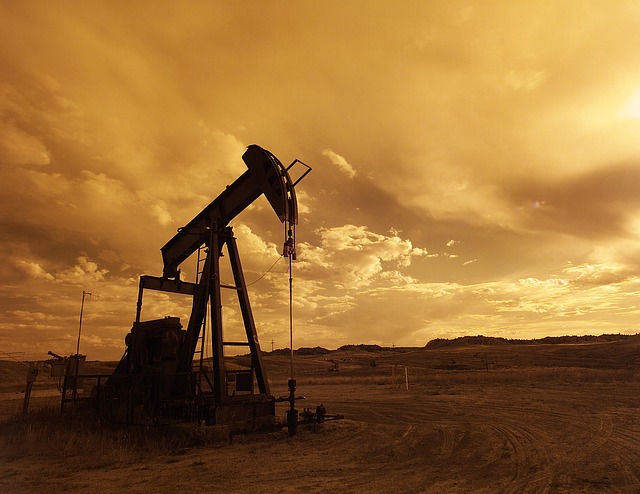
When you find yourself at the gas station, you’ll find yourself filling up your vehicle with either gas or diesel. Most of us just then pay and go on our way without giving a second thought to how that gas even came to be. But for the rest of us, we find ourselves a little curious about the whole process. This may be because we’re just naturally a bit curious or because we’re interested in getting into the industry by either working deep in the trenches, becoming an investor or working for a group such as the Southlake Resources Group to help build strong relationships between drilling operators and investors. So, how do we get gas? How does the entire oil drilling process work? Here’s a little information to help you better understand what the oil drilling industry is all about.
How oil is first formed
When oil is first formed, it is formed from the remains of both tiny plants and animals such as plankton. These plants and animals died in ancient seas around 10 million to 600 million years ago. After the animals and plants died, they then sank into the sand and the mud located at the bottom of the sea. As the years passed, these organisms decayed. This delaying then formed what we know of as oil.
What is an oil well?
After an oil site is found, the next step is to design an oil well to then extract that oil from the bottom of the ocean (or deep in the ground) and up to the surface. An oil will itself is a machine that bores into the earth before pulling up petroleum oil hydrocarbons to the surface. When this happens, sometimes you’ll find that a bit of natural gas is produced as well during the process.
How does an oil well and drilling work?
Generally speaking, an oil well aids in the drilling process by drilling a hole about 12 cm to 1 meter in diameter deep into the earth. This is done with a drilling rig that continues to rotate a drill string and a bit into the ground. Once the hole is completed, the next step is to push sections of steel pipe, also known as casings, into the hole. These pipes are only slightly smaller than the borehole itself, helping to create a secure line of passage for the petroleum to the surface.
Once it is pulled up to the surface, the well is then used to convert it into either gas or oil. This gas is then transported around the world and used in various items such as cars, trucks, boats and much more.
When you take a look at some of the modern wells of today, you’ll find that most of them have a few sets of holes drilled inside one another.
As you can see, there is a long process that takes place before gas can be pumped at your local gas station. This process however, has been designed over the years to become more efficient, which thus cuts down the extraction and production time.